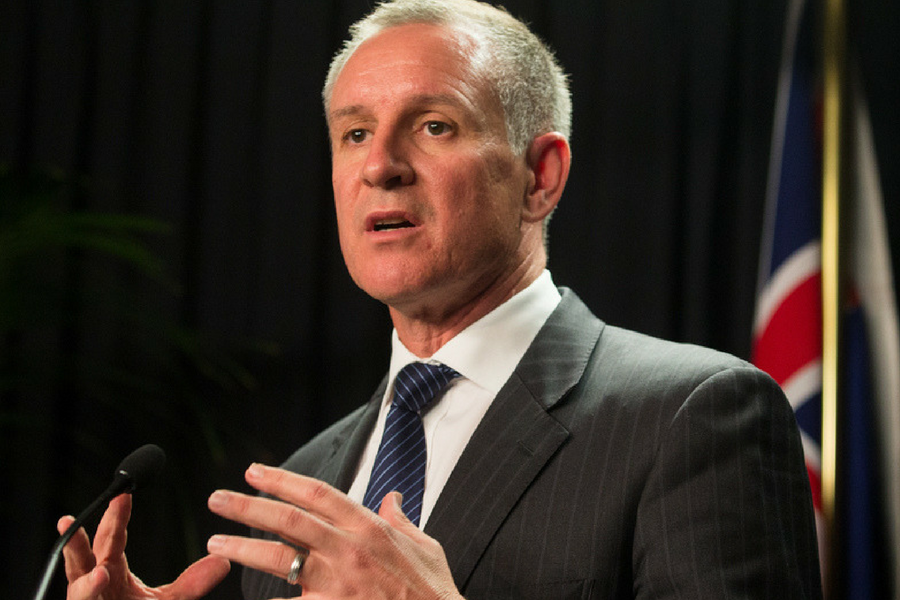From a bet made on Twitter just a few short months ago, Tesla has switched on the world’s biggest lithium ion battery in South Australia, in time for both the first day of summer and making good on Elon Musk’s promise that it would either be ready in 100 days or be free.
Connected to French company Neoen’s Hornsdale windfarm near Jamestown, the Tesla powerpack system was officially switched on on Friday, though it had been called into action the afternoon before following hot weather across South Australia and Victoria. The 100 megawatt battery will be capable of powering up to 30,000 homes for an hour in the event of a blackout, however will for the most part be used to back up the South Australian grid.
Premier Jay Weatherill said the event was “history in the making”.
“South Australia is now leading the world in dispatchable renewable energy, delivered to homes and businesses 24/7. Neoen and Tesla approached the State Government with their bold plan to deliver this project, and they have met all of their commitments, ensuring South Australia has back up power this summer,” he said.
The battery is part of the state government’s new ‘Energy Plan’, which introduced in March a pathway to solving the grid issues which saw the state suffer through a series of blackouts last summer.
At $550 million, the plan seeks to invest in new energy sources to help the government take control of the state’s power, with $75 million going towards a new Renewable Technology Fund.
The first project named under the fund was the development of Australia’s largest grid-connected battery. With Musk having made a bet with Atlassian’s Mike Cannon-Brookes on Twitter that Tesla could complete the project within 100 days, Tesla was invited to submit a proposal.
An agreement was then signed in July, with Musk renewing his promise that the system would be ready within 100 days. Construction was completed in late November, with a testing period following.
With Musk not making the trip down under for the launch, a statement from Tesla read, “The completion of the world’s largest lithium-ion battery in record time shows that a sustainable, effective energy solution is possible.
“We are proud to be part of South Australia’s renewable energy future, and hope this project provides a model for future deployments around the world.”
Also receiving funding through the Renewable Technology Fund last week were projects including a hydrogen electrolyser and fuel cell, thermal storage, battery storage, and a solar photovoltaic system at the University of South Australia, which received a $3.6 million grant towards the $7.7 million project, and $1.6 million towards a $3.2 million thermal storage project at the Glenelg Waste Water Treatment Plant.
Image: Jay Weatherill. Source: sbs.com.au




















Trending
Daily startup news and insights, delivered to your inbox.